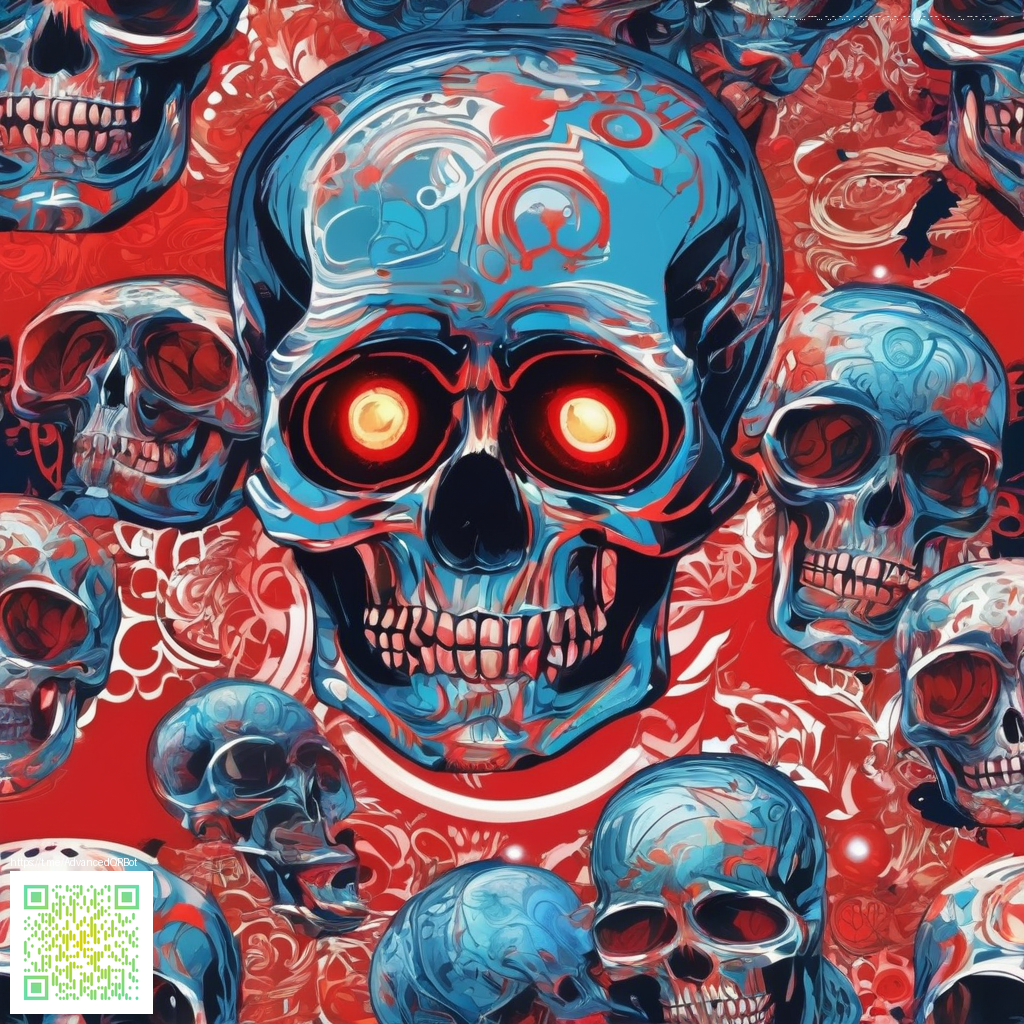
Terraforming with Mossy Cobblestone a builders guide
Mossy cobblestone brings a weathered soul to every landscape it touches. Its rugged texture blends naturally with water, dirt, and plant growth making it a staple for ruins paths and winding terraces. In recent Minecraft worlds builders lean on this block to convey age while still keeping light, durability, and ease of use in balance 🧱💎.
This article dives into how to incorporate mossy cobblestone into terraforming projects across modern worlds. We will cover practical techniques in building plus some tips that align with current gameplay mechanics and community creativity. By the end you will have a clearer map for transforming raw terrain into believable, living environments.
Understanding the block and its role in terraforming
Mossy cobblestone is a sturdy variant of cobblestone with a mossy finish that adds subtle color variation to your builds. It is a non transparent block with no light emission and a solid presence that reads well in both daylight and dim interiors. In vanilla gameplay it drops mossy cobblestone when mined and requires a pickaxe to harvest. Its rugged silhouette makes it ideal for ruined walls staircases and field edges.
When you look at a terrain that has aged naturally the mossy texture helps sections feel alive. Pair it with water features and grassy patches to create believable erosion and wear. The combination works especially well on low cliffs riverbanks and stair networks that guide players through a story rather than a straight line.
Tools and collection tips for efficient terraforming
- Mine with a sturdy pickaxe to preserve the texture you want for large projects
- Keep a stack ready for long builds because the block is common in dungeons and mineshaft ruins
- Combine with moss blocks and vines for layered vegetation and a more natural feel
- Use a water bucket and a shovel to create compacted soil ledges that mossy stone can rest on
For large landscapes consider bulk collection strategies. World editing tools can speed up the process while keeping a consistent pattern. A few wide stretches of mossy cobblestone help establish the tone of your terrain before you add finer details.
Terraforming techniques using mossy cobblestone
Begin by outlining your key silhouette with mossy cobblestone. This block reads well as the backbone of a ruined wall or a worn staircase. Build up in layers adding dirt and grass behind it to create depth. The mossy texture should appear where moisture and shade would naturally collect to reinforce realism.
Use the block to frame water features like slow streams or small ponds. The damp look works with damp stone effects and softens transitions between water and land. Break up long lines with irregular corners and partial walls to mimic the way real terrain evolves over time.
Building tricks for seamless transitions
- Alternate mossy cobblestone with regular cobblestone or cracked variants to simulate weathering
- Place moss blocks nearby to encourage organic growth visuals while maintaining contrast
- Layer different terrain heights in small steps to avoid flat planes that look artificial
Texture variation matters as much as shape. A careful mixture of mossy cobblestone with natural greenery makes paths and ruins feel lived in. Remember to balance shadows and light using the surrounding blocks so the mossy finish does not disappear in bright zones ⚙️🌲.
Modding culture and community workflows
Many players bring external tools into their terraforming toolkit. World editing plugins and schematic workflows speed up the initial mass shaping while leaving room for artistry in the final touches. Mod packs sometimes offer enhanced texture packs or additional mossy variants that complement your build palette. The community thrives on sharing strategies that showcase how a simple block can define an entire biome or ruin theme.
Experiment with responsive lighting and decorative stacks. Mossy cobblestone looks especially good when combined with waterlogged blocks a little foliage and carefully placed slabs to soften transitions. If you enjoy large scale world building you can coordinate with others to draft a theme and then rotate tasks between terrain shaping and detail work.
Bringing your terraforming to life with practical steps
Start with a mood board that features earthy tones and weathered textures. Map out the area you want to transform and mark zones for walls stairs and terraces. Lay down a foundation using mossy cobblestone to anchor the look and then layer in other natural blocks for texture diversity. As you fill in tall sections you may want to add water features to echo the aged feel and to create natural drainage patterns.
Iterate by removing and repositioning blocks to mimic natural erosion. Small flight of steps made from mossy cobblestone can lead a traveler through a ruin like a portrait of an ancient settlement. The trick is to focus on micro features as well as macro structure; even a few mossy blocks arranged thoughtfully can elevate an entire hillside project 🧱🌿.
Capturing the creative impulse of the wider community
The community often shares build logs and tutorials that reveal different ways to weave mossy cobblestone into large scale landscapes. Sketching the terrain before you place blocks helps you maintain consistency across a sprawling project. Watching others build ruins and hillside villages is a great way to pick up pacing methods and new angles for your own work. The open exchange around terraforming feeds both skill and imagination.
Whether you are shaping ancient ruins or exploring a modern ruin garden concept mossy cobblestone keeps a grounded believable feel. Its rugged character bridges old worlds and new builds making it a versatile ally for any terraforming plan.
Support our Minecraft projects and keep the creativity flowing open and friendly for builders everywhere
Support Our Minecraft Projects